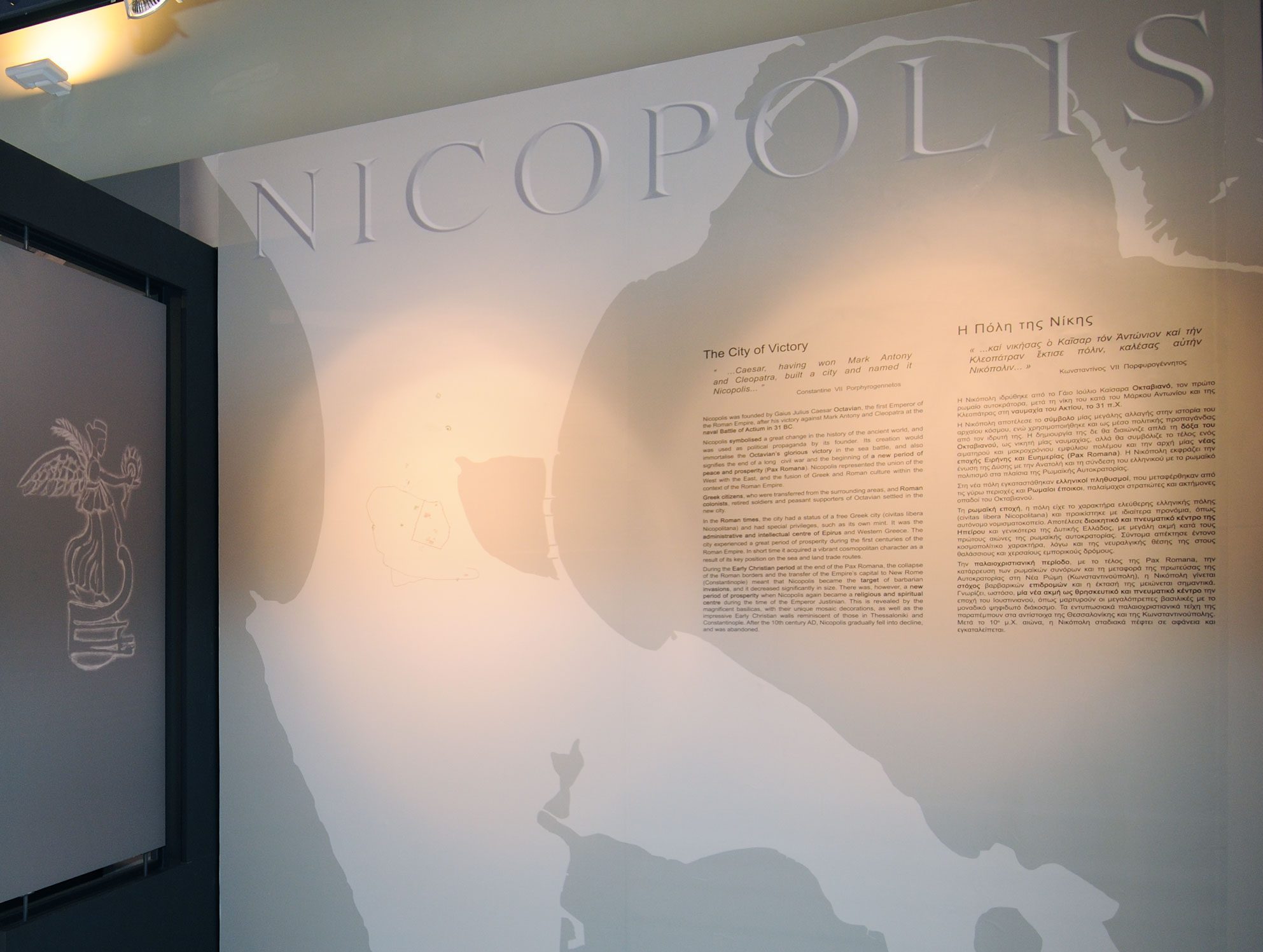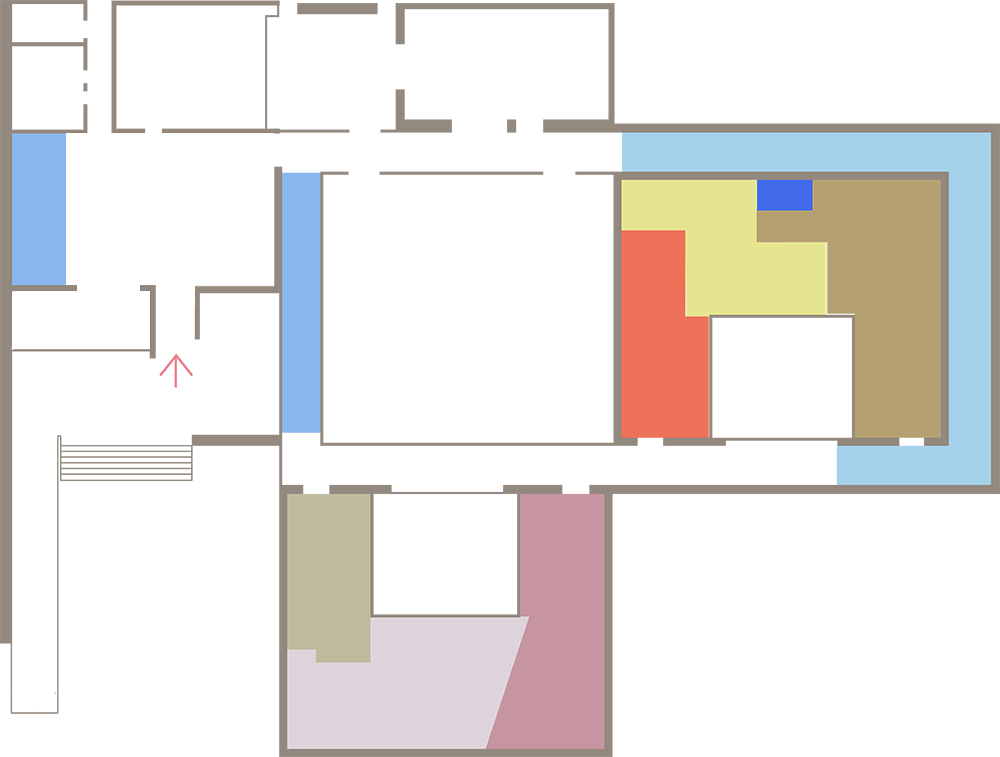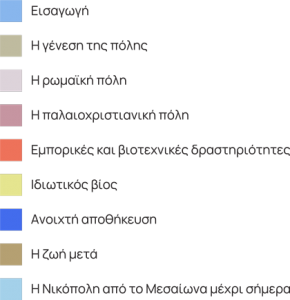
One Battle
One City
One Empire
The permanent exhibition offers a comprehensive portrayal of both the public and private aspects of life in Nicopolis. This city stands as a symbol of the remarkable victory achieved by its founder and the inaugural Roman emperor, Octavian, over Antony and Cleopatra in the naval battle of Actium in 31 BC.
Spanning across nine themed sections and boasting over 1,000 exhibits, the exhibition meticulously illustrates the city’s evolution from its formative years as a thriving urban center during Roman times to its later transformation into a significant religious metropolis during the early Christian era.
The narrative commences with events leading up to the city’s establishment and concludes with its eventual abandonment.




